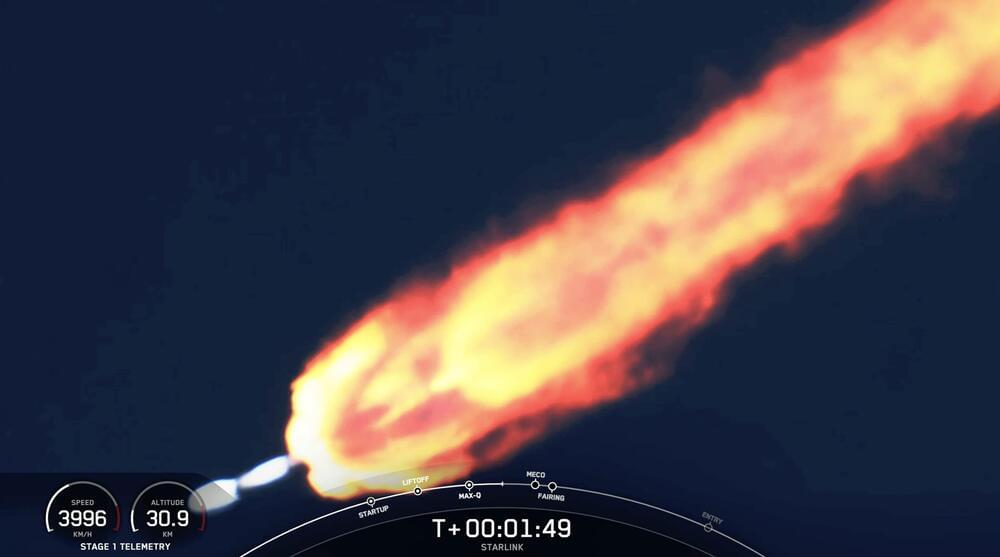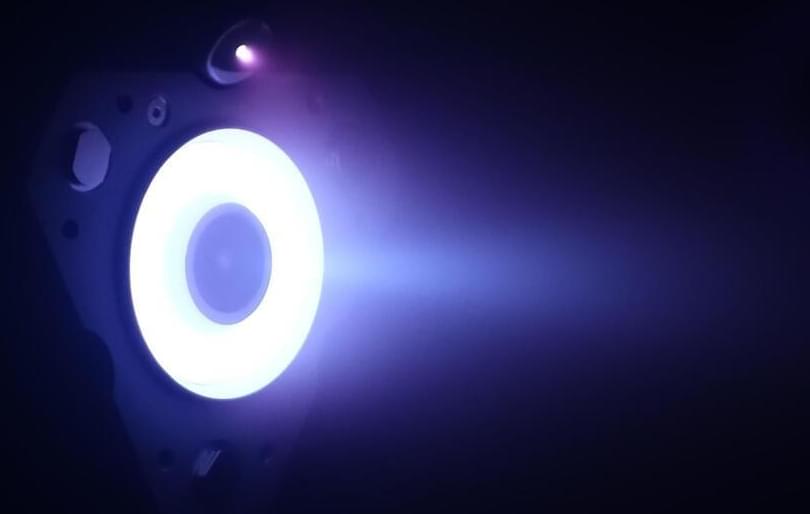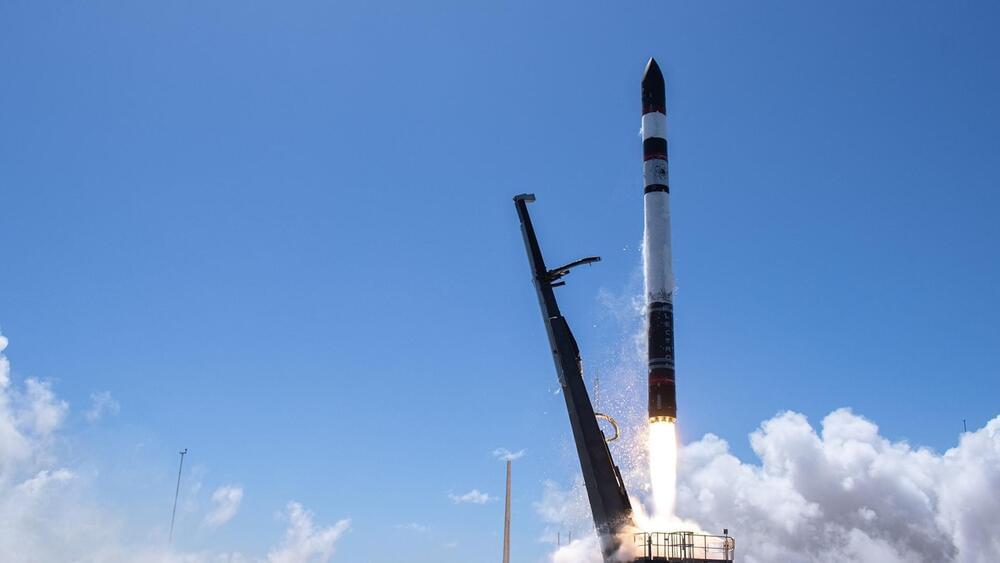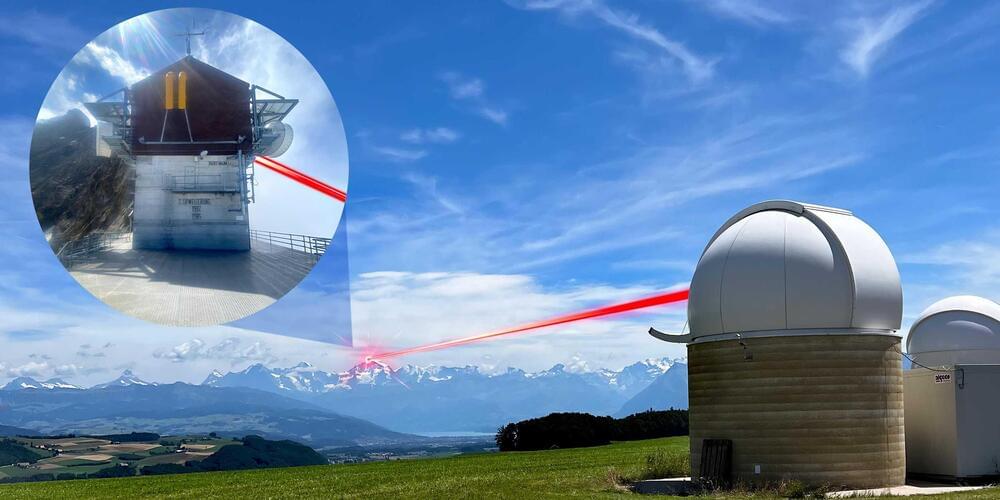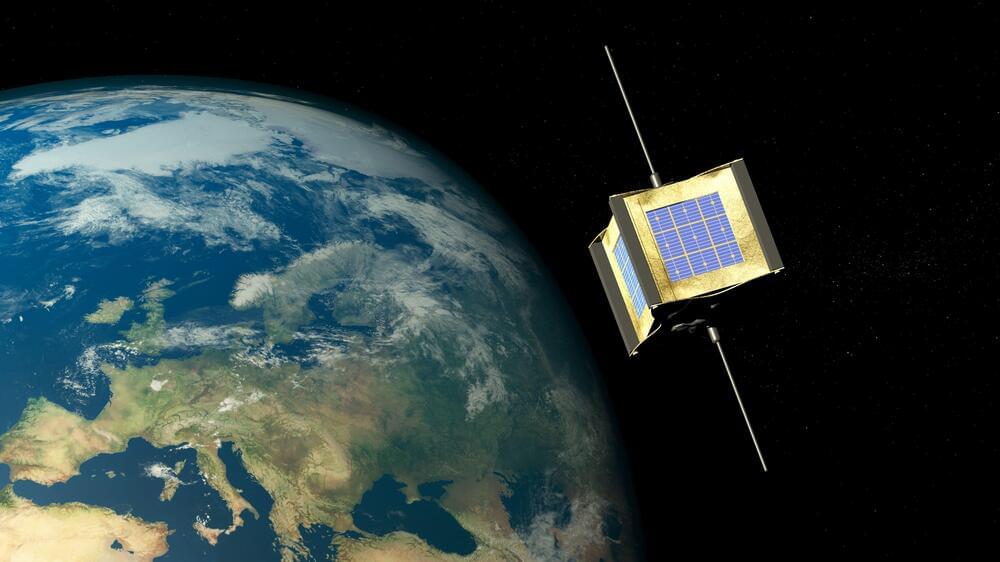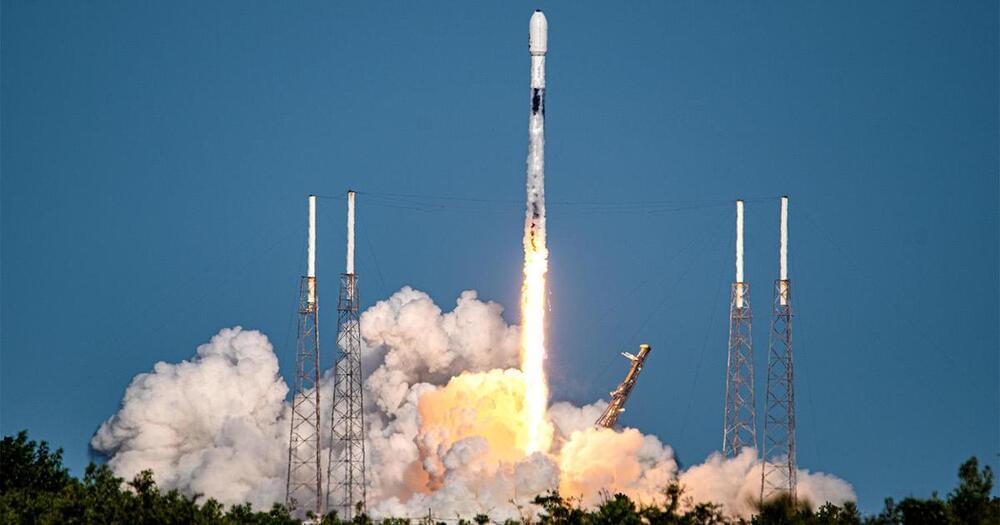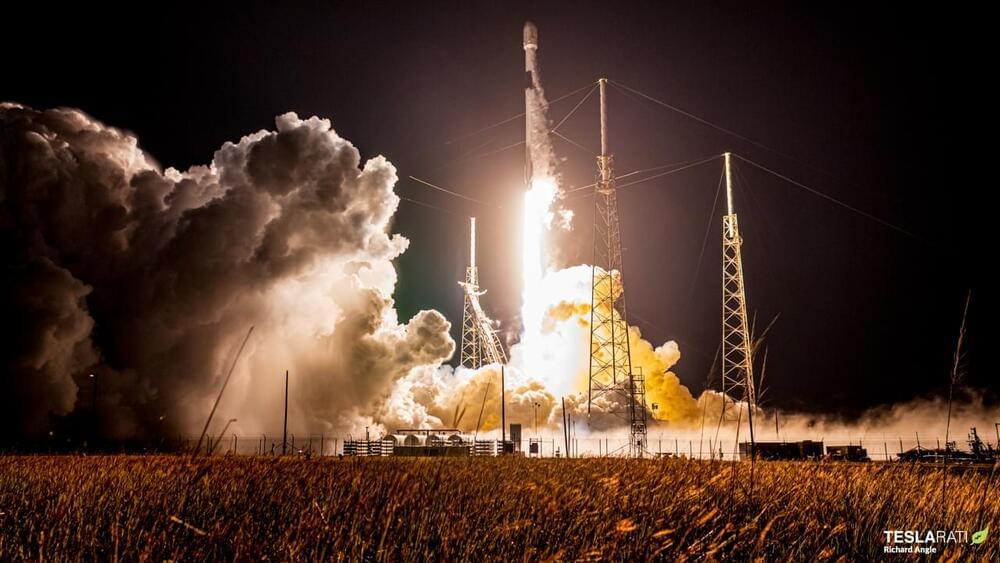SpaceX’s Starlink satellite internet constellation continues to deliver stunning download speeds in Germany. The network, comprised of thousands of satellites, became well known all over for its remarkable download speeds soon after it was opened for public participation. However, the hype around Starlink, the world’s first commercially successful low Earth orbit (LEO) satellite internet, led to millions of users signing up for SpaceX’s service — faster than SpaceX could add capacity. This led to performance downgrades across areas of high demand, particularly in several regions of America. However, now and then, Starlink reminds everyone of its true potential, and that’s the case with today’s internet tests.
Starlink Crosses 500 Mbps In Multiple Download Speed Tests
Today’s test comes courtesy of a Reddit user who recently received their Starlink user terminal after moving to rural Germany. Starlink tests in the European country have often produced remarkable results, owning partly due to lesser congestion as well as the placement of satellites. SpaceX is gradually building out its constellation, which eventually aims to be made of thousands of satellites. This leads to unevenly spread out satellites that benefit some areas in the form of higher speeds.
